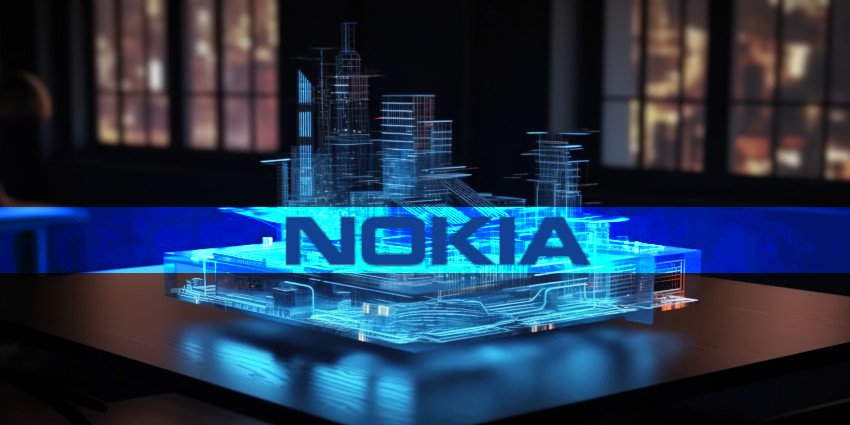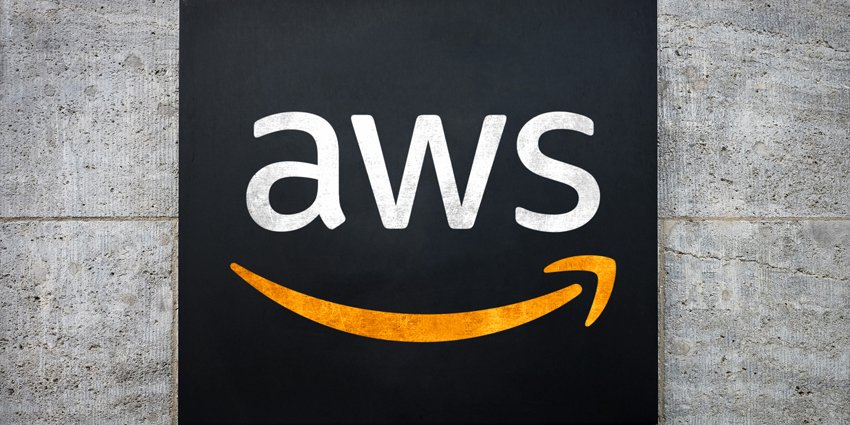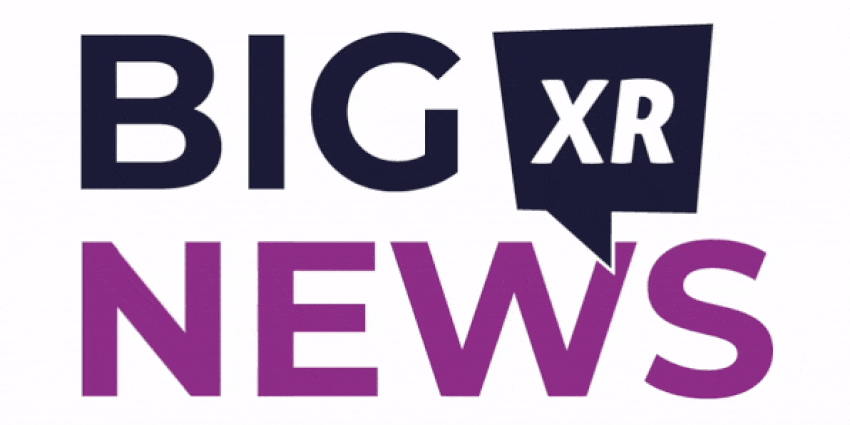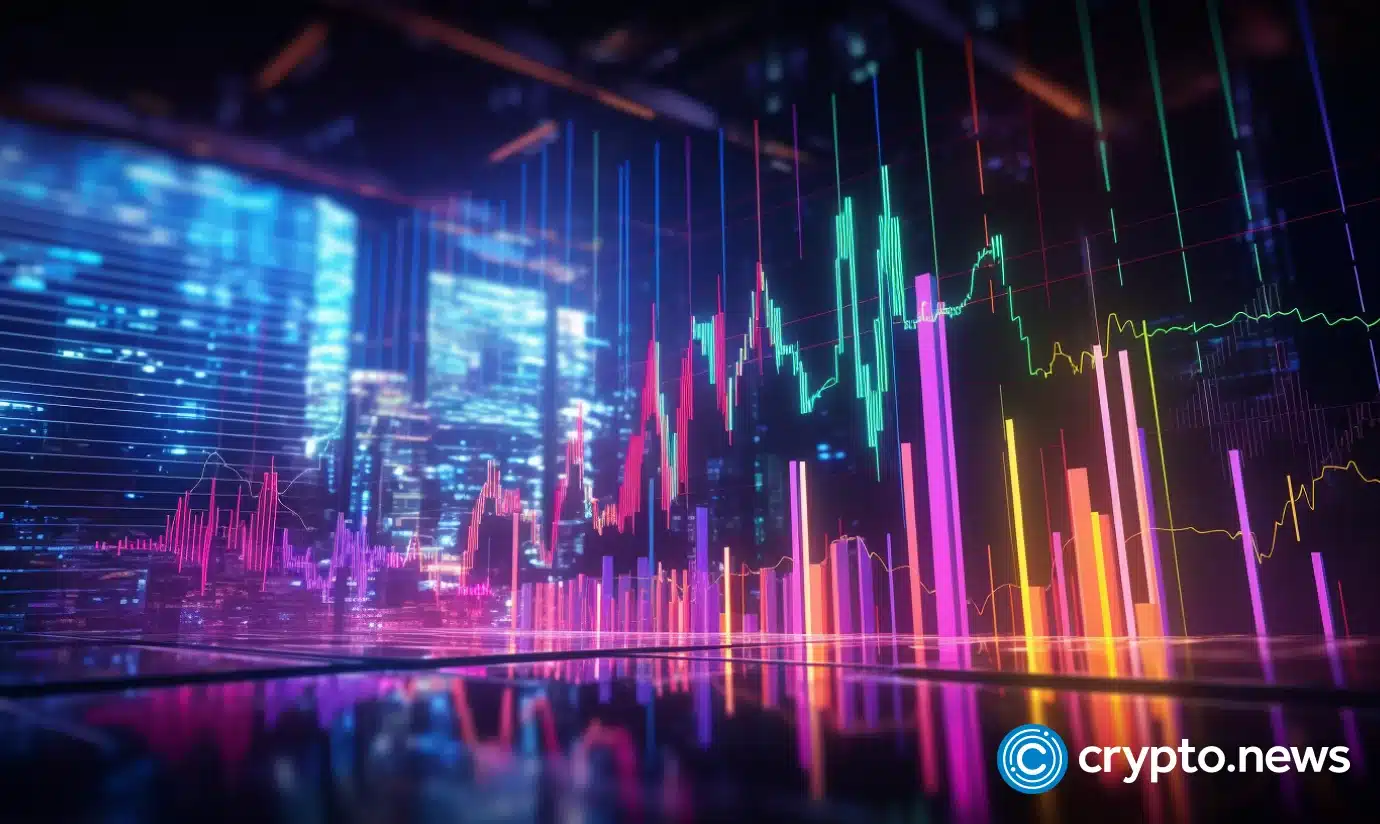[ad_1]
One of the focal points for the future of industry, the Metaverse has emerged as an ally for enterprises across the globe. Many businesses facing digital transformations will revise their processes, operations, and efficacies with impeccable emerging technologies like virtual, augmented, and mixed reality (VR/AR/MR).
Along with these forms of extended reality (XR), firms will see numerous other tools like 5G, the Internet of Things (IoT), cloud and edge computing, artificial intelligence (AI), and many others integrated into their technology stacks.
To accommodate the extreme levels of demand to arrive over the next few years, telecoms will have to innovate their infrastructure with fresh hardware, software, and solutions. With ingenuity and empirically-driven data, telecoms like Nokia aim to achieve this vision.
XR Today had the honour of speaking with Thomas Hainzel, Head of Digital Industries Evolution & Partnerships, Nokia, to explore the massive potential of the industrial metaverse. The industrial metaverse will transform how facilities, plants, and even smart cities will propel their operations into Industry 4.0 through the new ecosystem of technologies.
XR Today: What is Nokia’s position on the industrial metaverse, and how would you define it?
Thomas Hainzel: Looking into the industrial metaverse, it combines the physical, digital, and human augmentation capabilities for industrial applications. It also contains digital representations of the physical environments, systems, assets, spaces, and others that people can work in, control, communicate with, and interact with.
These assets, system environments, the industrial metaverse, and the use cases we see there demand quite high performance. They need secure, reliable, and real-time, low-latency networks and connectivity.

This is important, whether that is fibre connectivity in a factory or optical connectivity, IP routing and switching at a data centre that must cope with the amount of data we see in the Metaverse, or if it’s within a private 4G or 5G campus—We at Nokia provide exactly that technology.
We understand ourselves as a business-to-business (B2B) technology innovation leader, and we can unlock those industrial metaverse use cases. We can also help our partners and customers plan, deploy, and operate highly demanding, scalable, and flexible networks they need for the industrial metaverse. Also, we have that as part of our recently launched strategy.
In the Nokia environment, what comes out on top is that we have quite a strong understanding of the different industries, because, looking at the industrial metaverse, there is a difference if we talk about a metaverse in the energy, transport, manufacturing, or public safety domain.
We have industry experts who understand the use cases, languages, technologies, and use cases behind them that can help map that to the industrial metaverse.
That’s also what we maintain for our ecosystem of partners along the full value chain, because we don’t see ourselves as the only player in the Metaverse. Nobody can own the Metaverse and operate it by himself or herself; instead, it’s a combination of partners, different research fields, and go-to-market partners needed to deal with its complexities.
XR Today: What challenges does network infrastructure face to scale up and accommodate the industrial metaverse?
Thomas Hainzel: From a networking perspective, the most obvious challenge is building the capacity and throughput that these industrial metaverses require. In some of the industries I mentioned, we see [many] legacy technologies, and they are simply not made or ready for this high capacity, high bandwidth data streams that will arrive parallel for those critical use cases.
Capacity throughput in the network is one of the obvious challenges we see, but it’s also around integration and bringing the different architectures and topologies together. If we talk about the industrial metaverse, in particular, we speak about industries that have heavy machines with active, intensive operations.
That means that you need to bring information technology to the IT world and the operational technology (OT) world to those in the shop or in the warehouse.
You also need to merge and integrate those two domains to make the Metaverse work and bring all the data points together, which is not always easy and requires integration. We also see that when we discuss the Metaverse with our customers these days.
We also have a couple of new features that challenge current network deployments. For example, if we look into 5G networking, in the future, we will see native positioning become part of the 5G network.
There are new technology stacks and features that are coming. We also discuss quantum-safe encryptions with our customers when discussing optical networks or hybrid cloud models.
However, all of these new technologies and features create challenges for existing networks, with security a major issue. Cybersecurity and dedicated security are key because, thinking about the Metaverse, we are bringing many different data points and domains together.
We are creating new, incredibly meaningful insights, so data sensitivity is quite high, and we definitely need to take care of the end-to-end security in the network, but also on the device and application sides.
XR Today: According to an EY report, nearly 60 percent of businesses with future metaverse plans had already begun implementing those technologies. How would Nokia begin rolling out the industrial metaverse, and in what specific time frame?
Thomas Hainzel: Regarding overall guidance from the EY report, I would advise starting small and growing larger over time. This means designing and implementing something like an early proof-of-concept (PoC) or pilot project to test these new technologies, bring the Metaverse to life, and make the organisation, its people, and its processes familiar with that industrial metaverse and new use cases.
It’s not only a technology for deploying new networks. It’s also intrinsically linked to the organisation, people, and processes behind that.
What we have seen in some projects is that it takes roughly 12 to 18 months as a time frame, to change existing corporate structures. In the end, we normally need roughly this timeframe so that these metaverse initiatives can go into the organisation to digest it, and their stakeholders understand that before we go into a broader rollout.
This is what growing larger over time implies, because when you’re ready for the rollout, you have to go into multiple facilities, technologies, and use cases needed for the rollout.
A new Nokia/EY study indicates the US and the UK lead in industrial metaverse deployments in the transportation, supply chain and logistics sector, with over 70% of respondents in either region having piloted or deployed a use case.
Download the report: https://t.co/Rf4poSwo22 pic.twitter.com/U6EMizkPMw— Nokia (@nokia) July 27, 2023
One must also consider scalability, and whether or not there is enough capacity for the technology. Do I go for the next level of technologies, and are my people, ecosystems, and partners ready? Do I also have everything I need to get the job done and avoid stopping in the middle of the journey?
That is why we refer to it as a technological transformation as well as a people and organisational transformation.
For example, that’s why communication between different stakeholders is also key. We talk to a lot of factory hats, plant operators, supply chain managers, and others for purchases and commitments, and to show them how those digital experiences will take shape.
We also look into proof of concepts (PoCs), and as a starting point, let’s face it: when we talk about digital or virtual twins, predictive maintenance machine use cases on the shop floor, or automated robotics, those are already the first steps towards the Metaverse.
Those are the first steps to retrieve and provide simulation data—more than just the manual stuff from the past. We will see more and more technologies like 5G, 6G, and optics come into play to make those use cases a reality. That’s why we say, “let’s start small.”
Let’s start with the first project or trial, and then grow big over time. Let’s pull all components of the organisation into that transformational journey.
XR Today: What are some of Nokia’s success stories regarding the industrial metaverse and developing 5G infrastructural solutions?
Thomas Hainzel: I would say it’s a mix of customers and partners we are working with regarding 5G and industrial metaverse use cases. One of the cases I would like to mention here is Lufthansa Technik, which is a German aviation maintenance and overhaul provider.
They maintain and repair aeroplanes from airlines around the globe, and they’ve implemented their first industrial metaverse use cases that they call virtual table inspections. Imagine you have an aeroplane’s maintenance and overhaul procedures, where they usually dismantle the whole engine and plane, for example, in a hanger in Hamburg, Germany.
The engineers of the different airlines need to travel to Hamburg to do all the inspection and maintenance procedures, which is quite costly and travel-intensive. What Lufthansa did is implement the virtual table inspection, meaning an on-site engineer from Lufthansa Technik uses high-definition (HD) video streaming to communicate to airline technicians not in Hamburg, but remotely somewhere across the globe to conduct virtual and remote inspections of the aeroplane.
This, of course, reduces travel time by eliminating travel to Hamburg to conduct the inspection there. That is one of the first metaverse use cases because we need real-time, high-capacity networking with real-time voice and video communication between units.
The next step is to create digital twins and interact with technical aspects and maintenance data needed for inspections. We started the use case right before the [COVID-19] pandemic hit the world, and we are now already in production, thinking about the next use cases.
This is one of our success stories, because we started with a PoC and an initial use case, and we’re now scaling into the next ones towards the industrial metaverse.
Another example is one with Dassault Systems, a French software company providing virtual and digital twins for immersive experiences. They build digital models, replicas, and twins of factory shop floor assets, and they provide solutions where you can use smart glasses linked to controller backpacks to walk the shop floor and review configurations virtually, do simulations with different machines, discuss productivity outcomes, and increase the efficiency of remotely-located factories.
This also reduces travel times and improves the kinds of experiences that people, like plant managers and operators, can optimise their factory processes and experiences. That’s also another first step into the industrial metaverse.
If you then think about adding additional data from outside the supply chain and other ecosystem partners into that virtual or digital twin, you have a full-blown, end-to-end experience in an industrial metaverse. That could potentially become the final outcome we will see in a couple of months to years.
XR Today: How does the industrial metaverse look at the telecom level?
Thomas Hainzel: At the network level, our view is a mixed one, because we don’t see one single metaverse that will cover everything. We speak about combining multiple scenarios and industrial metaverses, depending on the use case or industry.
For example, let’s take a metaverse from the healthcare sector, where training and educational use cases are implemented. That is much different than what we see in the manufacturing space. In the case of Dassault Systems or a rail operator using digital and virtual twins, it will remain industry-specific, but we see that, on the network and telco level, a combination of multiple technology elements.
One of them is this multi-axis connectivity previously mentioned. We will see fibre as well as IP optics. We will also see 5G as well as 4G technologies and many others converging to provide connectivity, depending on the use case scenario.
We will also see a lot coming in high-speed computing functions via data centres or the interconnection between data centres that will provide for and secure an ultra-fast and low-latency network.
That is what we’ll see regarding connectivity and computing, but we’ll also see trends like edge computing, which is a must for enterprise applications we want to bring closer to data sources and provide faster and potentially, greater data processing, and more security.
It’s not just about connectivity but data processing, commuting functions, and the security we see as key elements in future network architectures.
Depending on the use cases, campuses and testbeds will leverage public and private networks. If it’s more with manufacturing, automotive, or other campuses, then the campus network capabilities are made for the industrial metaverse. They will provide these exact, highly-reliable performance networks, and we see them becoming a very important part of the industrial metaverse.
We will also see public networks become part of that because if we talk about logistics, supply chain, or other data coming from outside the campus,m then we are back to public networks. Let’s be honest also: legacy networks will also become a part of the industrial metaverse, because if you have old and heavy machines connected by a few cables in your factory, you may not change the cable, but instead, connect it to the overall metaverse so that the data on those 50-year-old legacy machines is also considered into the equation.
That’s why we see this as an integrated approach, and I would say testbed and campus networks will become a starting point, as previously mentioned, in terms of the growth strategies for organisations.
XR Today: Why are digital twins so important for the industrial metaverse, and how will these RT3D assets support it?
Thomas Hainzel: Digital twins are one of the first, earliest use cases, and one of the most promising applications we see for the industrial metaverse. They are virtual replicas of real assets and scenarios, and they are really helping organisations, companies, and industries to plan faster, become more accurate, improve process efficiency, and optimise operations, among many others.
They are a very good starting point, and I think that, interestingly, if we come back to the example of Dassault Systems, let’s say they differentiate between digital and virtual twins. The digital twin is the starting point where we see a lot of data coming together from the past.
Let’s say the data we’ve collected from the shop floor or a plant is moved to a virtual twin. It’s about bringing together the physical and virtual worlds to add procedural properties, conditions, simulation capabilities, and even artificial intelligence (AI) and external data sources.
It’s getting much broader, and there are many more capabilities as well as opportunities with those virtual twins than with the starting point, which is the digital twin. What we see is that these virtual or digital twins really help facility or plant operators to analyse their production, the whole plant, and the factory data in real-time, in a virtual environment.
It’s no longer about looking at physical sheets or charts, but seeing what happens in the factory gives you a completely different point of view and opportunities to make better decisions. This can also work to collaborate with colleagues to discuss how to optimise production lines, putting all of those discussion processes on a different level.
You can also conduct simulations and use real-time data, predictive data, and AI-generated data, where all of that converges to give you a view of how the production might look like tomorrow, in two weeks, or even a year if you change the parameters. If we go a bit down, the more tangible advantage we see with digital twins is that they can reduce waste, time, and effort for prototyping.
You don’t need to invest in the automotive industry for the next 20 models, or the metal and production of real cars. You can do it all virtually and start prototyping on a virtual basis.
You can then come together when you think about global teams and discuss those results, which also overcome geographical distances.
There are many advantages to digital twins, and what we see is that you can start with a smaller setup and grow them over time, as soon as technologies and organisations mature in the topic.
XR Today: How will Nokia’s membership with the Open Radio Access Network (OpenRAN) Alliance support the development of the industrial metaverse?
Thomas Hainzel: Some say the Metaverse is dead. I fully agree that no, it’s not. We are just at the beginning of it, and we will see a lot coming down the road in the next couple of years.
Regarding the OpenRAN Alliance, we are a leading partner of it and have a lot of activities running out there. We also look into the 5G RAN performance and its security, reliability, and efficiency, which requires hardware, software, and services innovation across the network domain.
We also have openness as part of our identity at Nokia, and we collaborate with many different ecosystem partners to enable such use cases.
How does that rely on the industrial metaverse? Firstly, it can only come to life if a couple of partners and entire ecosystems work together. That also means that we need to be open and see that multiple vendors with use the software, hardware, device, connectivity, and platform layers.
That is why OpenRAN is important to make sure that the seamlessness—the integration of different domains—comes together across network topologies and technologies. It’s also important that security standards align because security is key in the industrial metaverse.
When we talk about interoperability and lifecycle management for network functions, we are used to that from the past due to the standards for mobile networking technologies like 3GPP.
Interworking and interoperability are key, and we want to use that experience and knowledge in defining those interfaces, whether they are front-holding, real-time, intelligent controller, or other interfaces.
We want to ensure our experience is from those very open, standardised discussions on the mobile network technologies integrating into the industrial metaverse, because bringing hundreds of parties and use cases into this requires integration, alignment, and networking.
That is why I think we can benefit from how we behave and work today, on the OpenRAN side, so that this can be beneficial for the industrial metaverse.
[ad_2]




